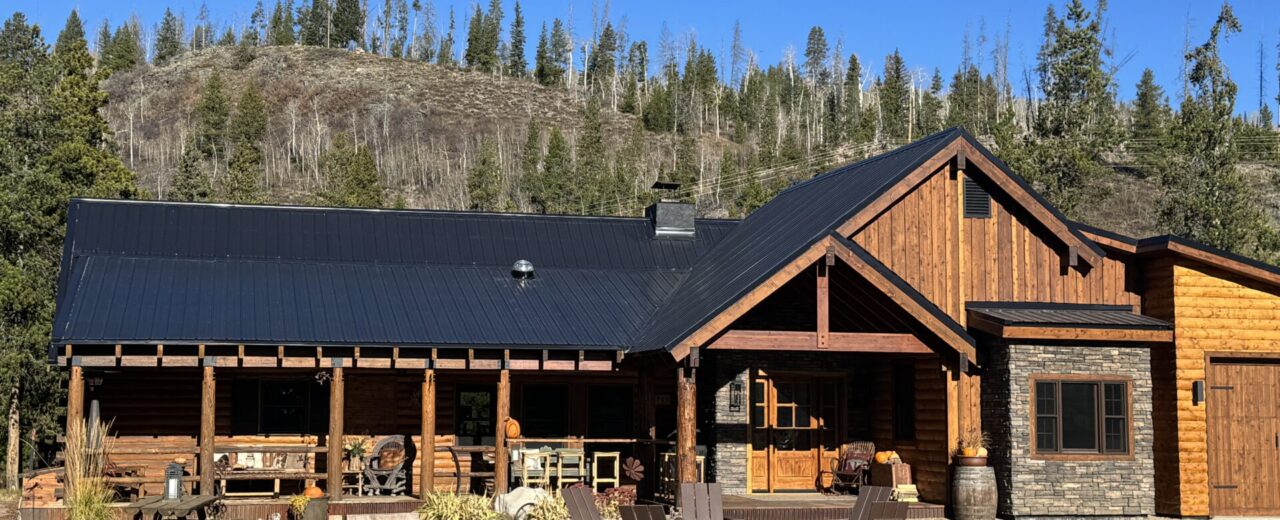Choosing the best roofing material for mountain climates requires considering factors such as extreme weather conditions, heavy snowfall, temperature fluctuations, and durability. Here’s a guide to help you make an informed decision:
- Consider Weather Conditions
- Heavy Snowfall: Choose materials that can withstand the weight of snow and allow for efficient shedding.
- Freeze-Thaw Cycles: Select roofing that won’t crack or degrade due to repeated freezing and thawing.
- High Winds: Opt for materials with high wind resistance to withstand mountain gusts.
- Best Roofing Materials for Mountain Climates
- Metal Roofing
✅ Pros: Durable, lightweight, excellent for snow shedding, and highly resistant to wind.
❌ Cons: Higher initial cost but long-term savings due to durability. - Slate Roofing
✅ Pros: Extremely durable (can last over a century), fire-resistant, and aesthetically pleasing.
❌ Cons: Heavy (requires strong structural support), expensive, and challenging to install. - Asphalt Shingles (High-Quality or Architectural Grade)
✅ Pros: Affordable, easy to install, and available in impact-resistant varieties.
❌ Cons: Less durable than metal or slate and prone to damage from ice dams. - Composite or Synthetic Roofing
✅ Pros: Designed to mimic wood or slate but with enhanced durability, lightweight, and resistant to extreme weather.
❌ Cons: Cost varies, and some synthetic materials may not perform as well as natural ones. - Concrete or Clay Tiles
✅ Pros: Fire-resistant and highly durable, with excellent insulation properties.
❌ Cons: Heavy, requiring additional structural support, and can be fragile in extreme cold.
- Insulation & Ventilation Considerations
- Proper insulation prevents heat loss, reducing ice dam formation.
- Adequate ventilation helps regulate temperature and moisture, extending roof life.
- Color & Coating Selection
- Lighter colors reflect sunlight, reducing heat absorption in warmer months.
- Special coatings enhance waterproofing and UV resistance.
- Local Building Codes & HOA Regulations
- Ensure the roofing material complies with local regulations and fire safety requirements.
- Maintenance Requirements
- Metal and slate require minimal maintenance.
- Asphalt shingles need periodic inspection for damage from ice and wind.
- Budget & Long-Term Investment
- Investing in a higher-quality, durable material may save money in the long run through fewer repairs and replacements.


